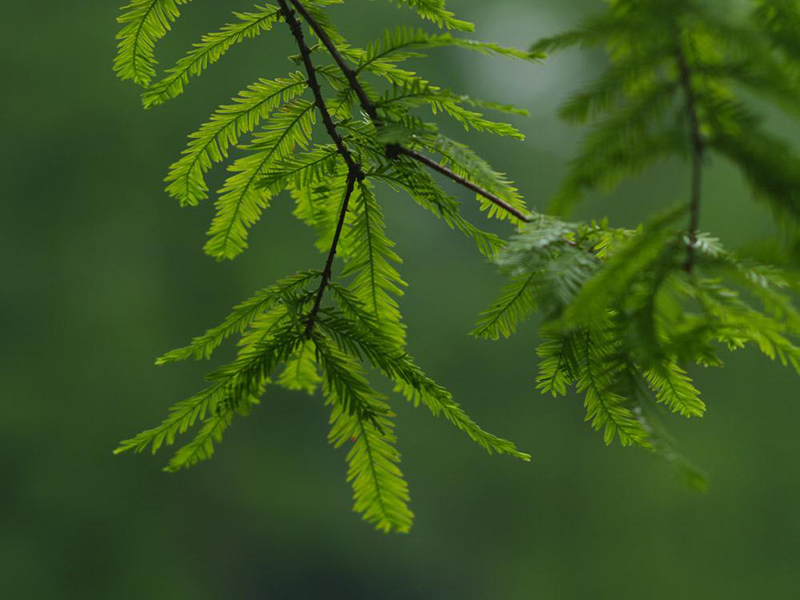- Homestay
- Qi Xin Xiaozhu culture originated
- Qí xīn xiǎo zhù
- Inhabiting
- Tourist
- Butler service
- specialty


Introduction: When the water is born in a multi-water site, the base of the trunk is swollen, often forming a trough-like shape, resistant to water and humidity, and is a positive tree species. It can grow on various soils except saline-alkali soil. More sunlight and fertile, moist soil are needed during seedlings or saplings. Flowering from February to March, the cones mature from September to October.
Basic information: Pinus tabulaeformis, Coniferous cypress; Cypress; Plant kingdom; Pinus genus; Cypress cypress; Pine cypress.
Morphological characteristics: trees, 8-10 meters high, as low as 25 meters, born in a wet environment, the base of the trunk is expanded into a column groove, and there is an absorption root extending from the soil surface or the water surface, the column groove is up to 70 cm, dry The base diameter is 60-120 cm, the trunk has a twist; the bark is brown or grayish white and brownish, and the longitudinal split is irregularly long strips; the branches are sparse, the branches are nearly flat, the upper branches are obliquely stretched; the short branches are from the second year. The top buds or perennial branches of the axillary buds protrude, 8-18 cm long, fall off in winter; the main branches extend from the perennial and biennial buds, and do not fall off in winter.
Leaf multi-type: scaly leaves thicker or dorsoventral bulge, spirally born on the main branch of perennial or current year, about 2 mm long, with white stomata points, not falling off in winter; flat leaves on both sides flat, thin , often listed in two columns, apex tip, base gradually narrow, length 1-3 cm, width 1.5-4 mm, light green, vent holes on both sides of the back midrib; strip-shaped drilled leaves on both sides flat, back belly, The apex is tapered or blunt, slightly curved outward, 4-11 mm long, radiating or striking into three rows; strip leaves and strip-shaped diamond-shaped leaves are detached together with lateral short branches in winter.
The cones are obovate, 2-2.5 cm long, 1.3-1.5 cm in diam.; scales woody, flat, obovate in middle, base cuneate, apex round, 6-10 slightly outwardly opposite to the margin Triangular tines; scales and seed scales all connate, only apex separated, triangular, outwardly recurved, located in the middle or middle of the back of the scale; seeds elliptical, slightly flat, brown, 5-7 mm long It is 3-4 mm wide and has long wings at the lower end and a wing length of 4-7 mm. Cotyledons 4-5, strip-shaped, 1.2-1.6 cm long, less than 1 mm wide, without stomata; primary leaf strip, ca. 2 cm long, 1.5 mm wide, sessate, opposite or alternate, main stalk There are white dots. Flowering period of 1-2 months, the cones mature after autumn.
Growing environment: It is a kind of hi-light tree species, like warm and humid climate and water-wet environment. It is resistant to water and humidity and is not resistant to low temperature. It has strong adaptability to soil. It can grow on various other soils except saline-alkaline soil. It is best to grow on washed soil with more water.